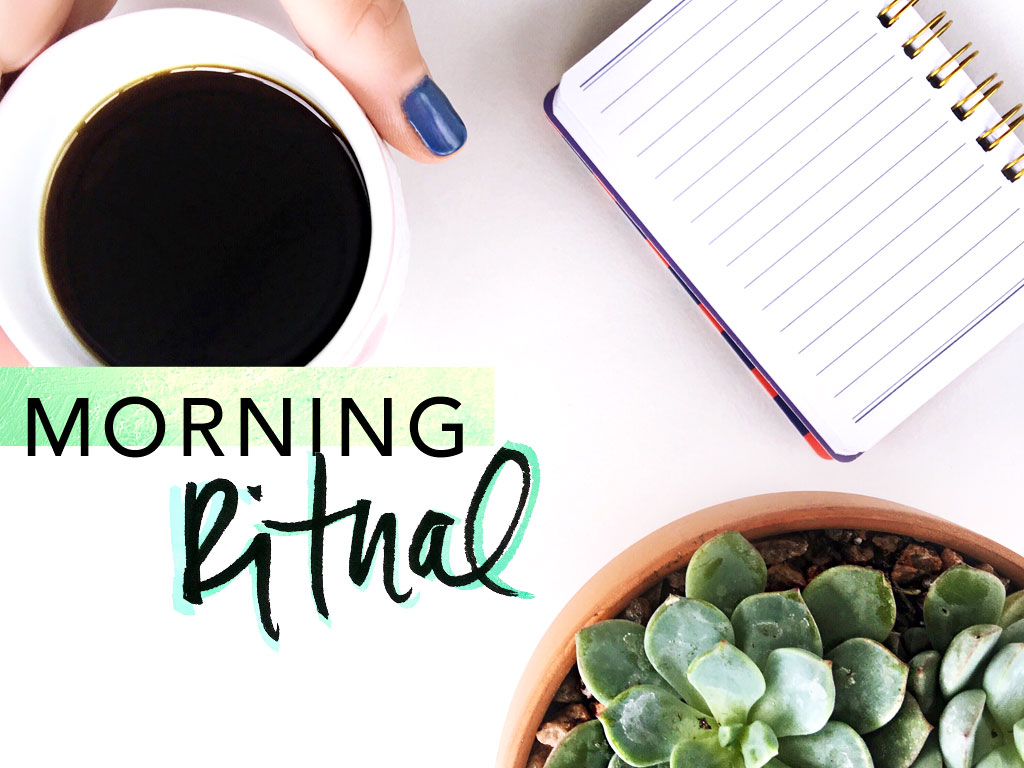Swimming? Tangles. Sleeping? Tangles. Anything that involves wind and/or basic head movement? You catch our drift. Welcome to the world of having more than three-inch-long hair. While we like to think we’ve moved past our childhood detangling-spray days (Johnson’s No Tears, anyone?) and have our hair management down to a deep-conditioned, well-combed science, the art of brushing is a little more complicated than it seems. And with tools on the market for upwards of $250 (ahem, Mason Pearson), it’s clearly something of a commitment – a.k.a. we should probably be doing it right.
So in an attempt to get our Marcia Brady brushing on, we turned to the pros – George Northwood, Shai Amiel, and Liz Rosenzweig – to break down the dos and don’ts of proper detangling. Oh, and did we mention the above tend to the tresses of Alexa Chung, Rosie Huntington-Whiteley, and Zendaya? Yeah, get out those notepads, kids.
Wet vs. Dry Brushing
“When your hair is wet, it’s much more fragile than when dry. Water weakens the hair, which makes it more prone to breakage while brushing. I use the Laight & Mercer Hairbrush for Wet Hair when I get out of the shower on clean, wet hair to prep before I add product and blow-dry.” – Liz Rosenzweig, Founder, Laight & Mercer
“Never brush hair from dripping wet. Towel-dry first, apply your leave-in conditioner, and then brush. The best brush for wet hair is a Tangle Teezer. Be very gentle with the hair when it’s wet, as this is when lots of damage can occur. For dry hair, use a Mason Pearson bristle brush.” – George Northwood, Celebrity Hairstylist and Founder, George Northwood Salon
Starting from the Bottom
“I prefer to start [brushing] from the ends and work my way to the roots.” – Shai Amiel, Celebrity Hairstylist and Owner, CAPELLA Salon
Thick vs. Thin Hair
“If your hair is very thick, separate hair into sections and brush from the bottom, never from the roots. If you have fine hair, take extra care when brushing.” – George Northwood
Read more on The Coveteur.
![]()



